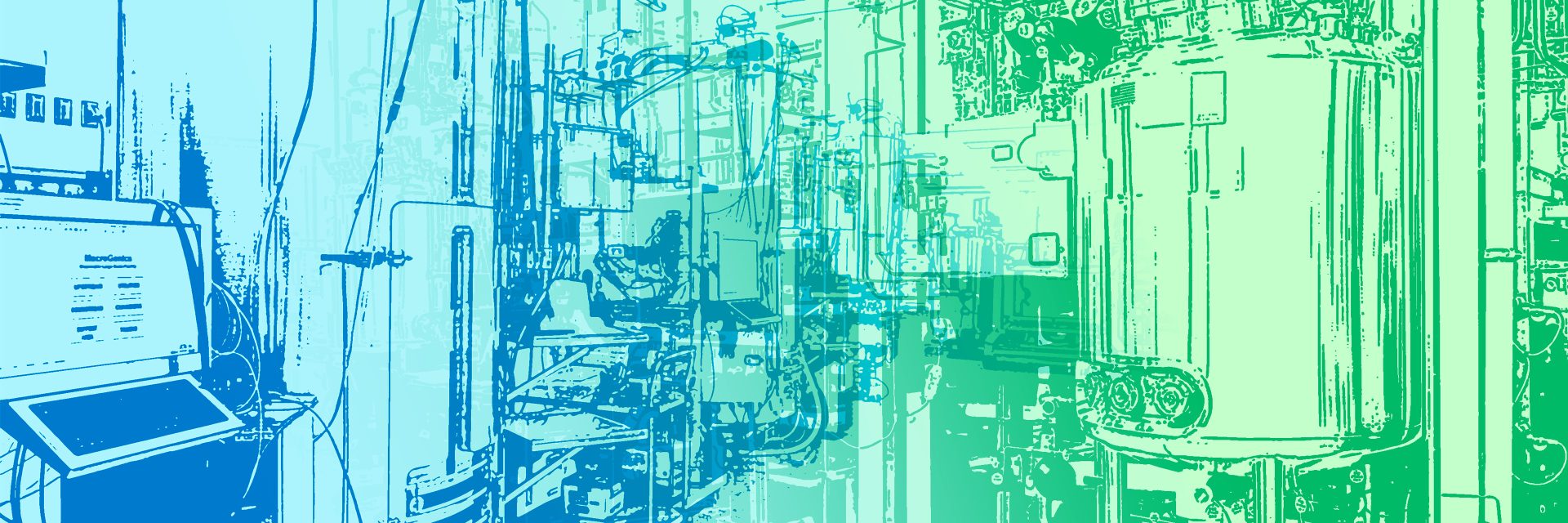Because of its durable and permanent nature, it’s much harder (and expensive) to modify a stainless steel system than a single-use system. For manufacturers with stainless steel systems, this means that adding feed tanks or making other modifications may not be possible—not without significant process interruption and capital investment.
Consider, for example, installing stainless steel fed-batch bioreactors, only to discover during early clinical trials that a perfusion system would increase productivity and result in larger product quantities. With bioreactors that are attached to the floor and fixed nozzles that are already in use by another instrument, adding perfusion capabilities isn’t as easy as rotating equipment to align it with a valve. Instead, it could require removing walls, repurposing equipment, and making other disruptive changes.
In addition to accommodating process developments, you may also find yourself wanting to integrate new and more efficient equipment as it becomes available. In a stainless steel facility, this can be difficult, requiring significant renovations or process modifications which can shut down production, cause regulatory complexity, and ultimately impact your speed-to-market.

















































